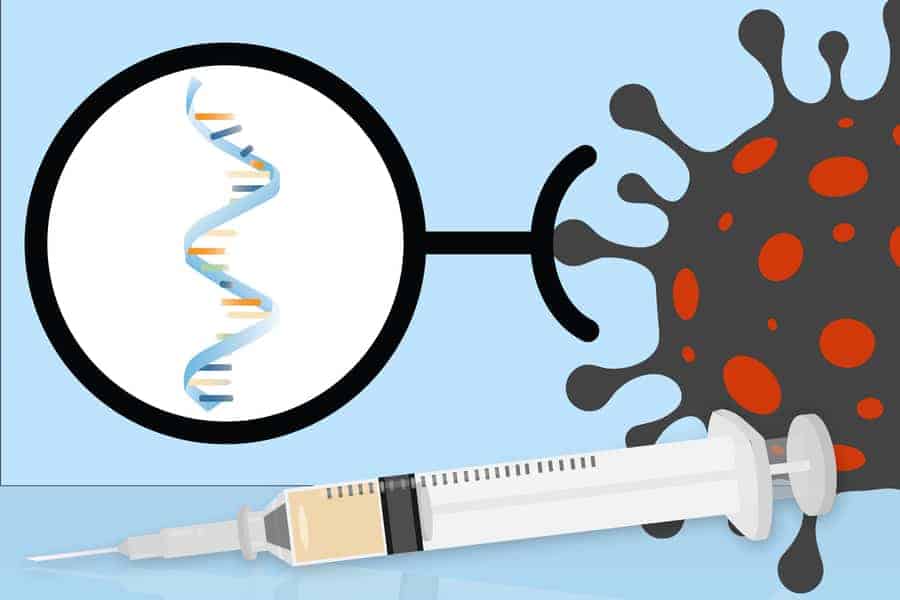
Reports of possible allergic reactions to the COVID-19 vaccines produced by Pfizer-BioNTech and Moderna, both recently approved for emergency use by the U.S. Food and Drug Administration (FDA), have raised public concern. A team of experts led by allergists at Massachusetts General Hospital (MGH) has now examined all relevant information to offer reassurance that the vaccines can be administered safely even to people with food or medication allergies. The group’s review is published in the Journal of Allergy and Clinical Immunology: In Practice.
In response to accounts of potential allergic reactions in some people following COVID-19 vaccination in the United Kingdom, that country’s medical regulatory agency advised that individuals with a history of anaphylaxis to a medicine or food should avoid COVID-19 vaccination. After closer review of the data related to allergic reactions, however, the FDA recommended that the vaccines be withheld only from individuals with a history of severe allergic reactions to any component of the COVID-19 vaccine, and the Centers for Disease Control and Prevention advised that all patients be observed for 15 minutes post-vaccination by staff who can identify and manage such reactions. The U.S. agencies do not recommend that people with food or medication allergies avoid vaccination.
To provide insights from allergists’ perspectives, Aleena Banerji, MD, clinical director of the Allergy and Clinical Immunology Unit at MGH and associate professor at Harvard Medical School, and her colleagues have summarized what’s currently known about allergic reactions to vaccines like those developed against COVID-19, and they have proposed detailed advice so that individuals with different allergy histories can safely receive their first COVID-19 vaccine. They also outline steps on safely receiving the second dose in individuals who develop a reaction to their first dose of COVID-19 vaccine.
“As allergists, we want to encourage vaccination by reassuring the public that both FDA-approved COVID-19 vaccines are safe. Our guidelines are built upon the recommendations of U.S. regulatory agencies and provide clear steps to the medical community on how to safely administer both doses of the vaccine in individuals with allergic histories,” says Banerji.
The experts note that allergic reactions to vaccines are rare, with a rate of about 1.3 per 1 million people. They also determined that the Pfizer-BioNTech and Moderna COVID-19 vaccine allergic reactions will have a similarly low rate of occurrence. They stress that vaccine clinics will be monitoring all patients for 15 to 30 minutes and can manage any allergic reactions that occur. Banerji and her co-authors recommend that individuals with a history of anaphylaxis to an injectable drug or vaccine containing polyethylene glycol or polysorbate speak with their allergists before being vaccinated. They stress that patients with severe allergies to foods, oral drugs, latex, or venom can safely receive the COVID-19 vaccines.
from ScienceBlog.com https://ift.tt/3aXNJYY
No comments:
Post a Comment